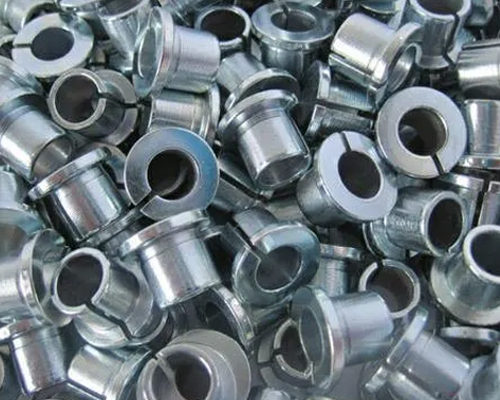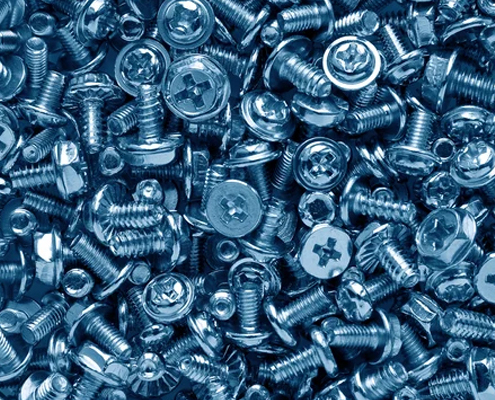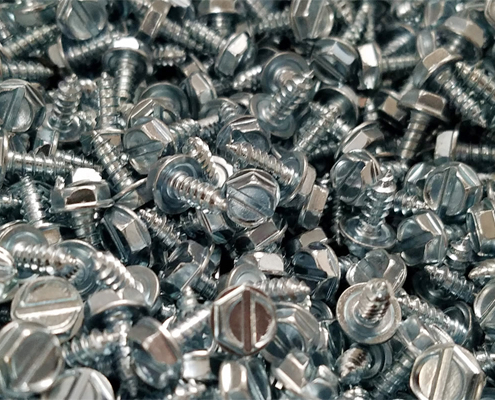Although electroplating is widely used, very few people outside of the business are familiar with the procedure, what it is, and how it works.
What is Electroplating?
The term “electrode position” also applies to electroplating. The procedure includes depositing material utilising an electric current, as the name would imply. The substrate, a work item, is coated with a thin coating of metal as a result of this procedure. The main purpose of electroplating is to alter an object’s physical characteristics.
Electroplating Process
An electric current is used in the electroplating process to dissolve metal and deposit it on a surface. The four main parts of the procedure are as follows:
Anode: The metal that will produce the plating is the anode, or positively charged electrode, in the circuit.
Cathode: The component that needs to be electroplated is the cathode in the electroplating circuit. Additionally known as the substrate. This component serves as the circuit’s negatively charged anode.
Solution: In an electrolytic solution, the electrodepositing reaction occurs. To aid in the passage of electricity, this solution contains one or more metal salts, most frequently copper sulphate.
Power supply: Using a power source, current is added to the circuit. The anode receives a current from this power source, introducing electricity to the system.






